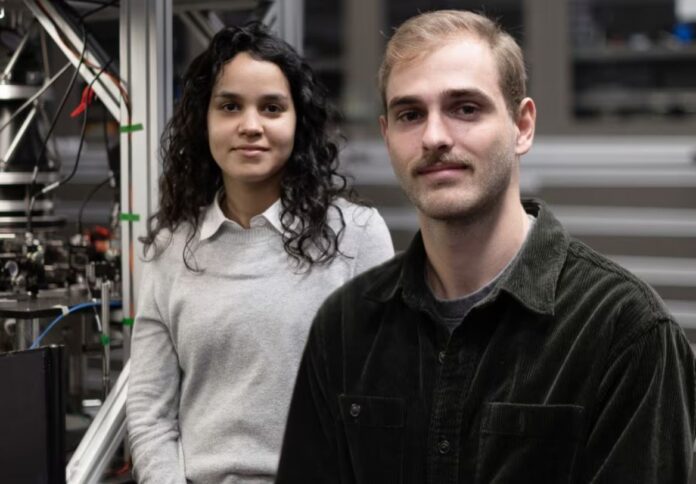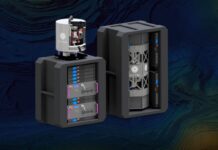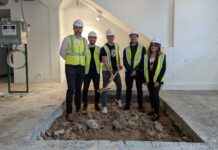
A team of scientists at the University of Sydney have successfully demonstrated the potential of quantum technology in exploring new designs in material science, drugs, or solar energy harvesting by slowing down a process critical in chemical reactions by a factor of 100 billion times.
Using a quantum computer, the researchers witnessed the interference pattern of a single atom caused by a common geometric structure in chemistry called a “conical intersection” — a vital part of rapid photochemical processes, such as light harvesting in human vision or photosynthesis.
Chemists have tried to directly observe the phenomenon since the 1950s, but to no avail given the extremely rapid timescales involved.
Quantum researchers from the University of Sydney’s School of Physics and School of Chemistry worked around this problem through a novel use of a trapped-ion quantum computer.
“In nature, the whole process is over within femtoseconds,” said Olaya Agudelo from the School of Chemistry. “That’s a billionth of a millionth – or one quadrillionth – of a second.”
“Using our quantum computer, we built a system that allowed us to slow down the chemical dynamics from femtoseconds to milliseconds. This allowed us to make meaningful observations and measurements,” Agudelo said.
The study was published in Nature Chemistry and is expected to help in understanding ultrafast dynamics, and how molecules change at the fastest timescales.
The quantum computer used to conduct the experiment is in the Quantum Control Laboratory of Professor Michael Biercuk, the founder of quantum company Q-CTRL.
“Our experiment wasn’t a digital approximation of the process – this was a direct analogue observation of the quantum dynamics unfolding at a speed we could observe,” said Dr Christophe Valahu, joint lead author of the study from the School of Physics.
“It is tremendous that at the University of Sydney, we have access to the country’s best programmable quantum computer to conduct these experiments,” said co-author and research team leader, Associate Professor Ivan Kassal from the School of Chemistry and the University of Sydney Nano Institute.



















